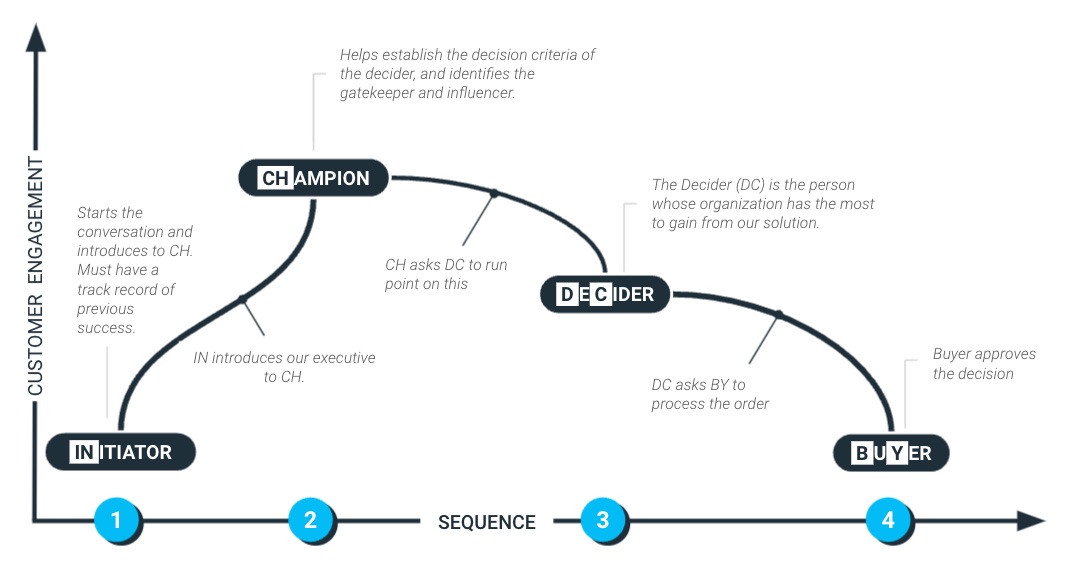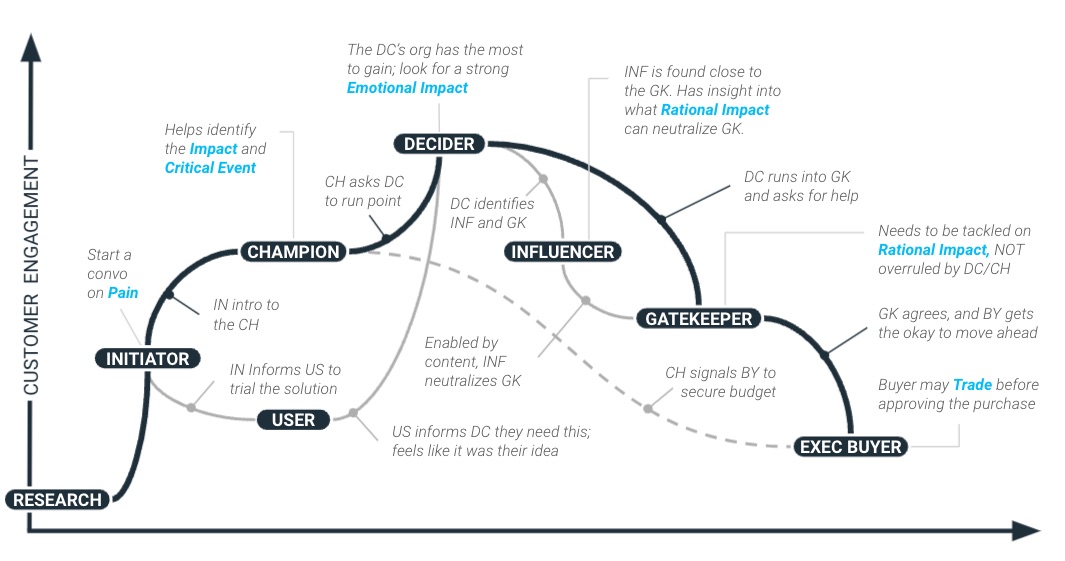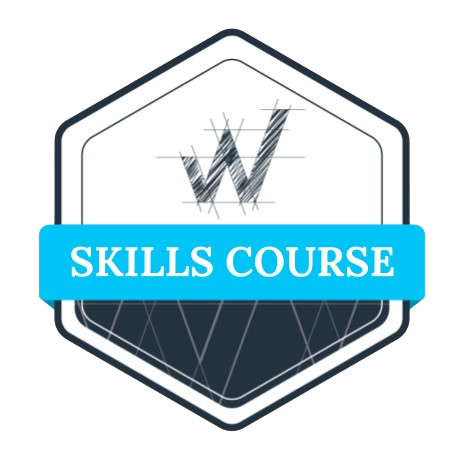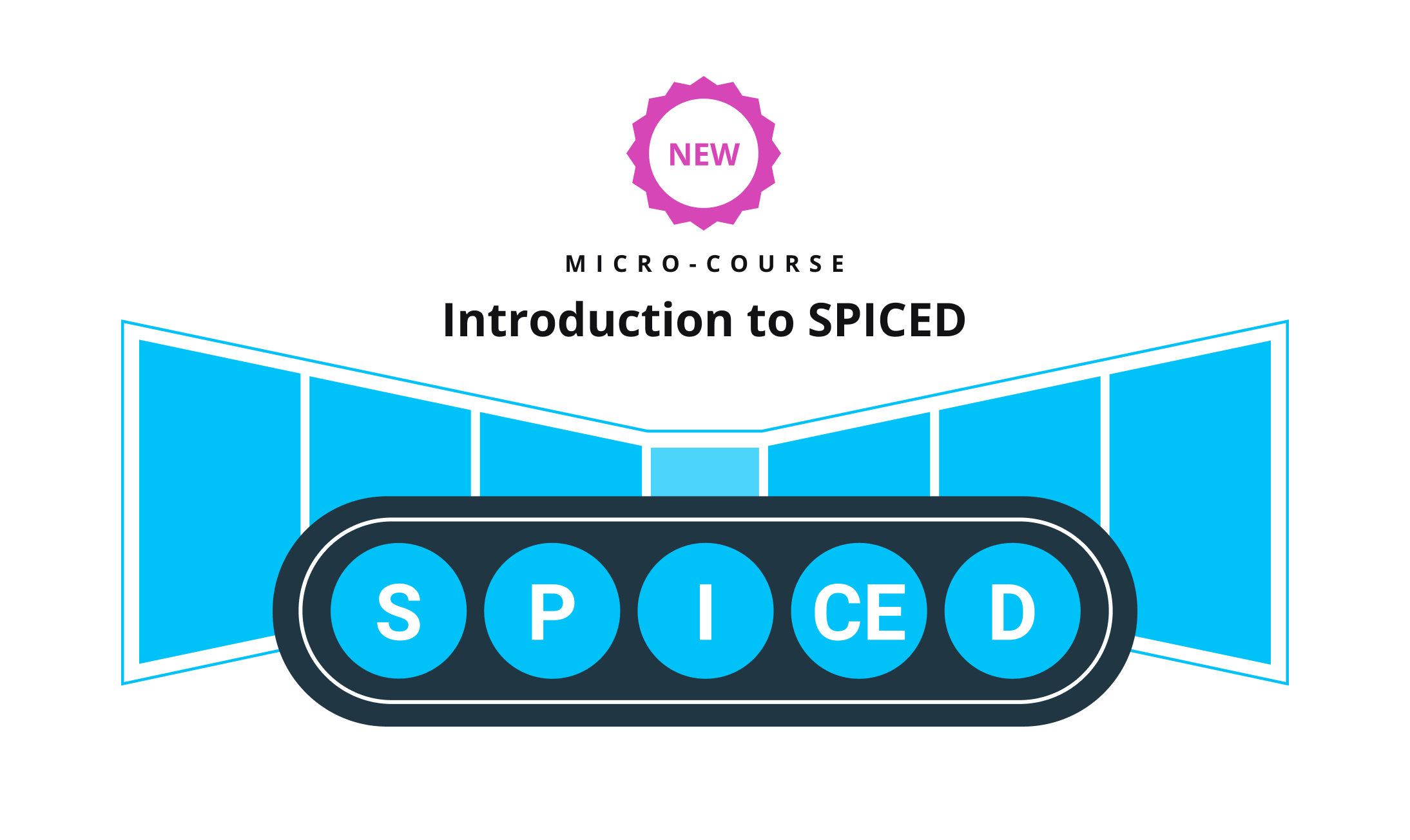There are a few key elements that sales and CS professionals need to understand, in order to guide the decision process for their prospects and customers. The inexperienced rep will ask their customer, “Who is the ultimate person who is making the decision on your team?” But it’s key to keep in mind that it’s not just about identifying the traditional elements of budget, timing, and decision maker. And this matters more than ever before: there is a mountain of research available that proves how there are often dozens of people involved in a purchase, across a complex set of factors.
How should we begin to navigate this? To start, a prerequisite to any successful sale is identifying the people involved in the buying decision. It’s also critical that you understand the process they will use to make up their minds about the solutions they are considering. With this information at hand, you can create an informed plan for how to manage and influence a customer’s internal decision-making process. In short, it’s all about helping the customer to buy, rather than simply trying to sell
The buying center
We call the people involved in the decision process a “buying center.” A buying center brings together everyone in a company that is considering your solution — for instance, this often includes those with purchasing and financial expertise, those with technical expertise, top-level management, and those who will actually use the product.
When the purchase is a relatively small one, the buying center might consist of just a few people. But when it’s a major purchase that involves multiple departments and a significant allocation of resources, the buying center will include many people from all levels of the company.
No matter how large a company’s buying center might be, its members tend to take on certain roles. Understanding who is playing which role helps you better influence and guide the outcome.
Buying center roles, for a simple decision process
When the purchase is more straightforward, the buying center usually consists of four distinct personalities:

The Initiator. This person recognizes your offering on its merits and matches it to a need or pain in their company. This is often the person in the company who introduces your solution to others on their team.
The Champion. An extremely important person to identify early on, the Champion enthusiastically advocates for your company’s solution. They are often the person who launches a company’s decision-making process.
The Decider. This person makes the actual purchase decision. The Decider doesn’t necessarily have or need formal authority, but they have sufficient weight within the organization to decide if the solution will be purchased.
The Buyer. This person eventually selects the supplier and manages the purchasing process. They may join the decision-making process later in the game.
Buying center roles, for a more complex decision process
In many cases, the buying process is not that simple. This is when we see buying center members taking on additional roles. Sometimes a person will play more than one role at a time, making it difficult to understand exactly how they fit into the process. In other situations, certain roles might be missing.

Figure 2. Consensus mapping using buying center roles to influence the Decider and the Gatekeeper
The Gatekeeper. This person controls the flow of information in and out of the company and its buying center. A valuable ally, they are sometimes your original point of contact at a company.
The Influencer. A very important person in the buying center, the Influencer contributes to the requirements of what they need in a solution. The Influencer evaluates and recommends which potential suppliers satisfy the specified requirements.
The User. This is the person who actually uses the product. If a solution involves more than one department, there are often several end users included in the process. Users are not always involved in the buying process, but they have a critical role in evaluating its performance and providing feedback.
Influencing the decision process
As you can see, this process can quickly get very complicated; there can often be 10or more people involved in a decision process. Keep in mind that a company’s decision-making process might not be linear. Different parts of the process could be happening simultaneously. That’s why it’s important to identify the major players in a buying center as early as possible.
One of the most important parts of your sales strategy is making sure you understand the customer’s decision-making process. How will they make the decision? Who is involved in the decision? What are the steps they go through? How are they going to be weighing your solution compared to other players in the market?
As a sales professional, it’s your job to guide the prospect on the decision criteria they should be using. Think about it this way: they likely are buying this type of solution for the first time. But you’ve sold this type of solution many times, to all of your previous customers. That means that you have a lot of expertise that you share with your prospects, based on what you have seen their peers encounter. You’re an expert, and your know-how is needed to help demonstrate to your prospect how to decide which solution is right for them.


